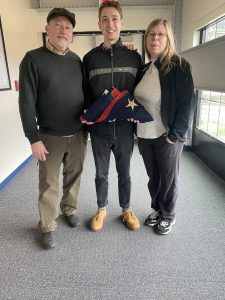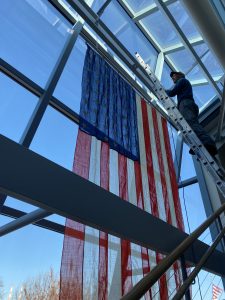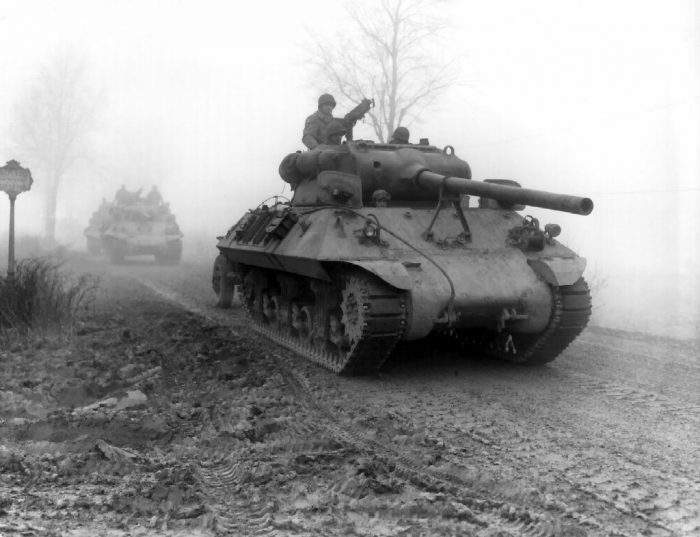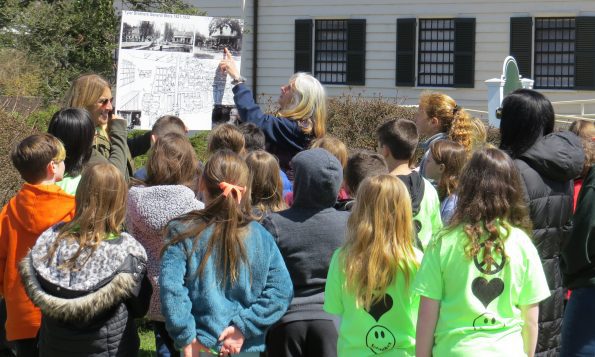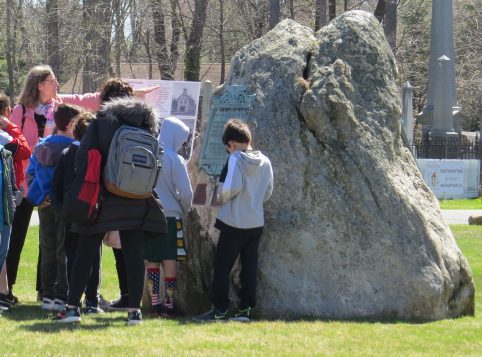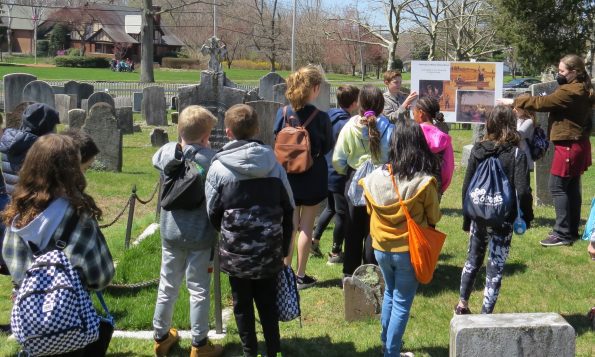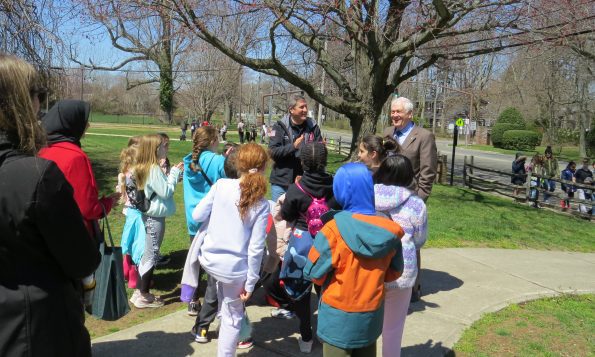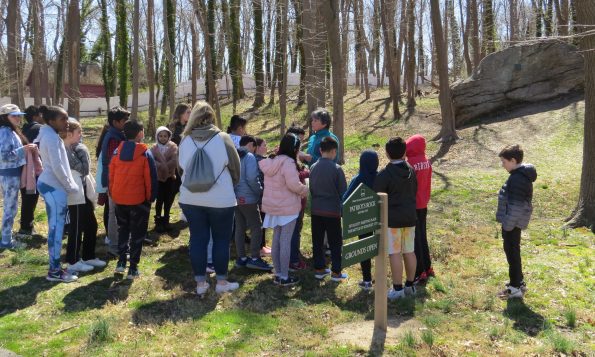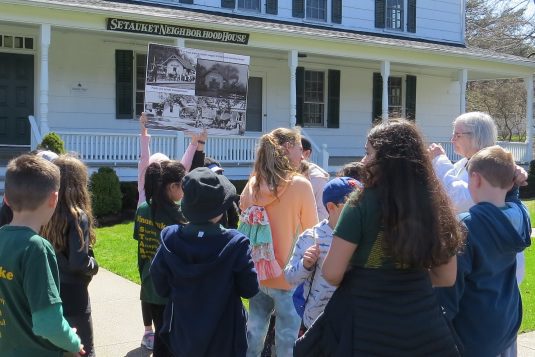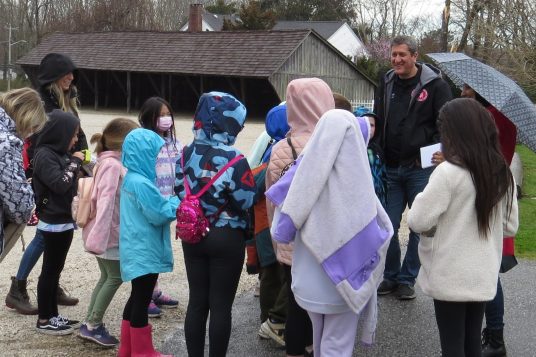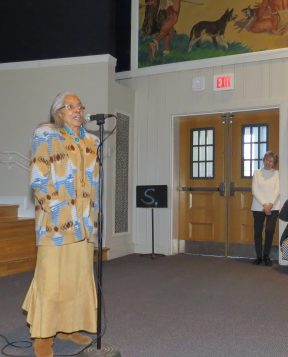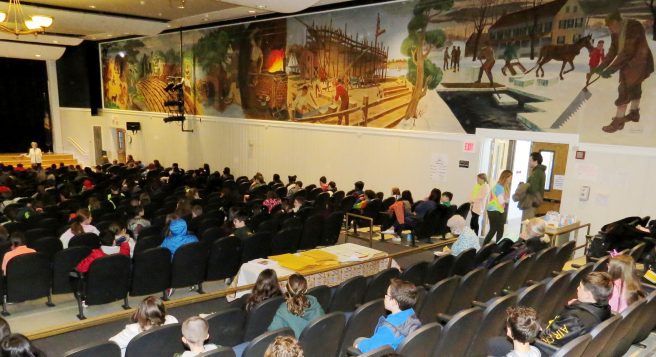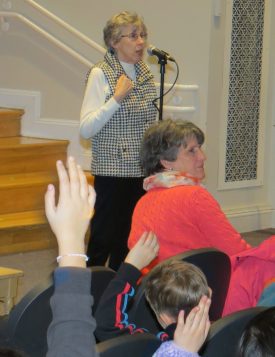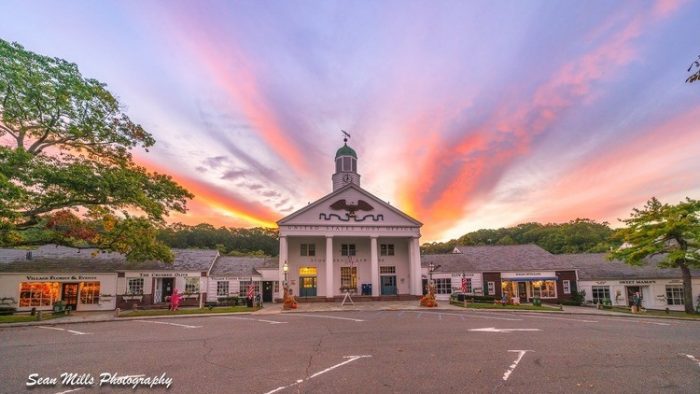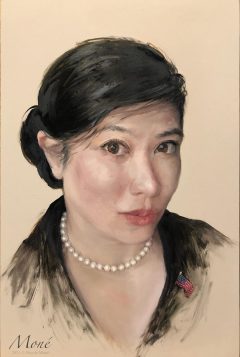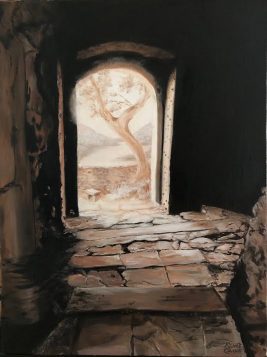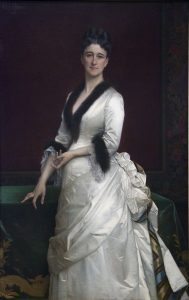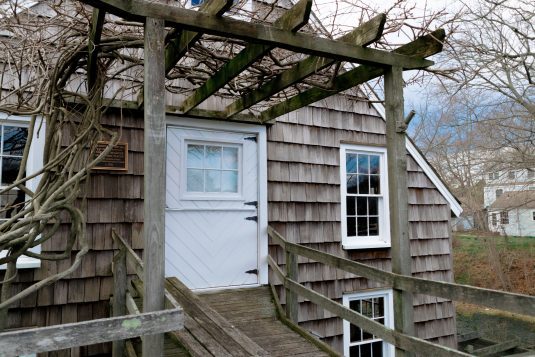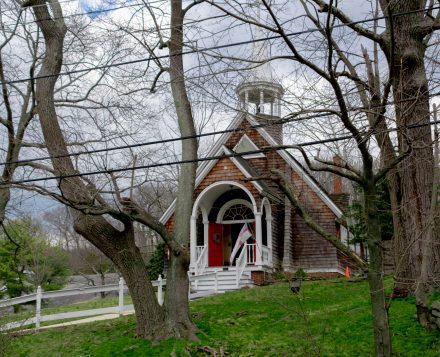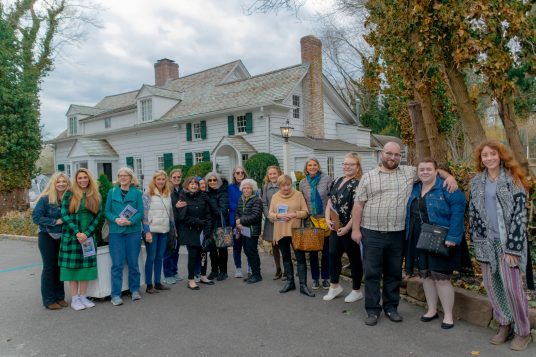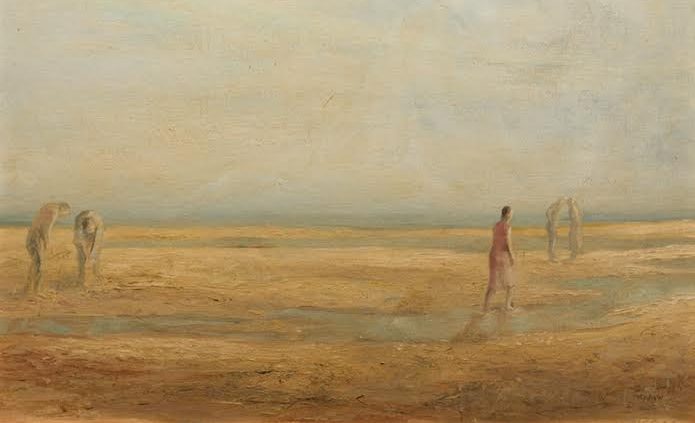Nearly six decades ago, the residents of Port Jefferson made a pivotal decision: to incorporate as a village.
On a snowy day Dec. 7, 1962, villagers voted 689-361 in favor of incorporation. After court challenges, the vote was made official in April 1963.
Philip Griffith, co-editor of Port Jefferson Historical Society’s newsletter, said the incorporation of Port Jeff had been under discussion as early as 1960.
“At that time, Port Jefferson was part of the Town of Brookhaven,” Griffith said in a phone interview. “They were concerned that things happening in Brookhaven were being done independently of the residents of Port Jefferson. A lot of people were starting to feel, ‘Why don’t we incorporate as Belle Terre had done.’ Then we can make our own decisions, we can raise our own money through taxation and we can use those tax monies locally.” He added, “Instead of relying on representatives of the Town of Brookhaven, we would have our own elected representatives, all of whom would be residents of the village.”
While there were many proponents of incorporation, Griffith said there were also persuasive arguments made in opposition: “The main arguments against were people having a fear of leaving Brookhaven and not having the ability to raise sufficient finances to carry a village.” He added that opponents of incorporation were mainly driven by fear: “Fear of something that’s new, fear of change, fear of losing the umbrella of Brookhaven — and the fear of going on out your own.”
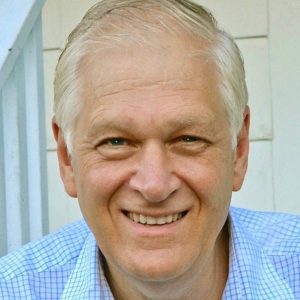
Legacy of Belle Terre
This week, TBR News Media sat down with state Assemblyman Steve Englebright (D-Setauket), who shared his perspective of the legacy of incorporation in Port Jefferson and beyond.
One of the first village incorporations in the area was Belle Terre, a coastal community preyed upon by industrial dredgers. In the early 1920s, hydraulic sand miners dredged large swaths of Belle Terre’s coastline to support the growing concrete industry which helped in the expansion of New York City.
“The sand had to come from somewhere and it came in the 1920s and ’30s mostly from the North Shore of Long Island,” Englebright said. “It was very threatening to the people who had homes and dreams of continuing to live in those homes and pass those homes on to their children. They lived in fear of having the sandy grounds under their homes sandblasted away.”
“The sand had to come from somewhere and it came in the 1920s and ’30s mostly from the North Shore of Long Island.” — Steve Englebright
Endangered by the sand miners right in their backyards, the residents of Belle Terre were advised to incorporate.
“The relationship with the town had become fraught because the town was basically trading against the best interests of the people who lived where the resources were extractable,” the assemblyman said. “It was clear that sand dredging was a real threat to the quality of life for these North Shore communities.” He added, “It wasn’t just Brookhaven that was trading against the best interests of the North Shore residents, but all of the towns were doing this.”
After its successful incorporation in 1931, mining in Belle Terre had stopped altogether.
The incorporation movement
Port Jefferson accommodated a prosperous shipbuilding industry from the 1790s until the 1920s. After it wound down, the residents of the area were left with little choice but to adapt to the changing circumstances.
With the construction of a new power plant between 1948 and 1960, villagers were motivated to incorporate to draw from this as a revenue stream. “They said if they incorporated as a village, they would be able to draw some revenue from that industrial facility and it would only be fair because they were hosting that facility and it served all of the town,” Englebright said. “They rationalized that it would be reasonable to draw the tax benefits from the imposition of such a heavily industrialized facility because it served for improving the quality of life for the village, most particularly the school district.”
This is the first story of a series on the incorporation of the Village of Port Jefferson. If you would like to contribute to this continuing series, please email [email protected].
Correction: In the original version of this story, it was reported: “The first village incorporation in the area was Belle Terre.” This statement is historically incorrect as Old Field had incorporated in 1927, four years before the incorporation of Belle Terre in 1931.



